 Originally posted by jatrax
Originally posted by jatrax 
I am learning that in this niche planning is critical. There is no point driving hours to a dark sky area to shoot the Milky Way if the Milky Way is not visible on that night. I learned the hard way that just driving up into the mountains and expecting to get a great night sky shot is mostly going to fail. Timing, location and sky knowledge are critical. And then you have to still take a good image.

I think I might be in trouble at Yellowstone National Park in May as far as photographing the " Milky Way "
I plan on arriving on the 14th and leaving on the 20th
Yellowstone National Park · Geolocation
44.42817° N, -110.5886° E
If I am understanding this correctly:
_______________________________
" Tonight – May 7, 2018 – if you’re in a dark location at northern temperate latitudes, you might be searching for one of the sky’s most spectacular sights, the starlit band of the Milky Way. You won’t find it in the early part of the night. That luminous band of stars arcing across the dome of sky is nowhere to be seen as evening falls in May. Where is the the Milky Way at nightfall this month?
For starters, remember that the disk of our Milky Way galaxy is flat, like a pancake. At northern temperate latitudes, as evening falls in the month of May, the plane of the pancake-shaped galactic disk pretty much coincides with the plane of your horizon.
Because the Milky Way rims the horizon in every direction at nightfall and early evening, we can’t see this roadway of stars until later at night. Then … whoa! Beautiful.
The galactic disk rims the horizon at about 30 degrees North latitude – the latitude of St. Augustine, Florida. Appreciably north of this latitude, the galactic disk tilts a bit upward of the northern horizon. Appreciably south of 30 degrees north latitude, the galactic disk tilts a bit above the southern horizon.
Even so, the Milky Way is pretty much out of sight in our Northern Hemisphere sky during the evening hours in May.
But
if you stay up until around midnight, you’ll begin to see the starlit band of the Milky Way rising in the eastern sky ".-
http://earthsky.org/?p=30991
_____________________________
so if I am reading that source correctly it will be midnight or later before I would begin to see the Milky Way in the east near the horizon
can any one confirm and/or help me out?


 Similar Threads
Similar Threads 






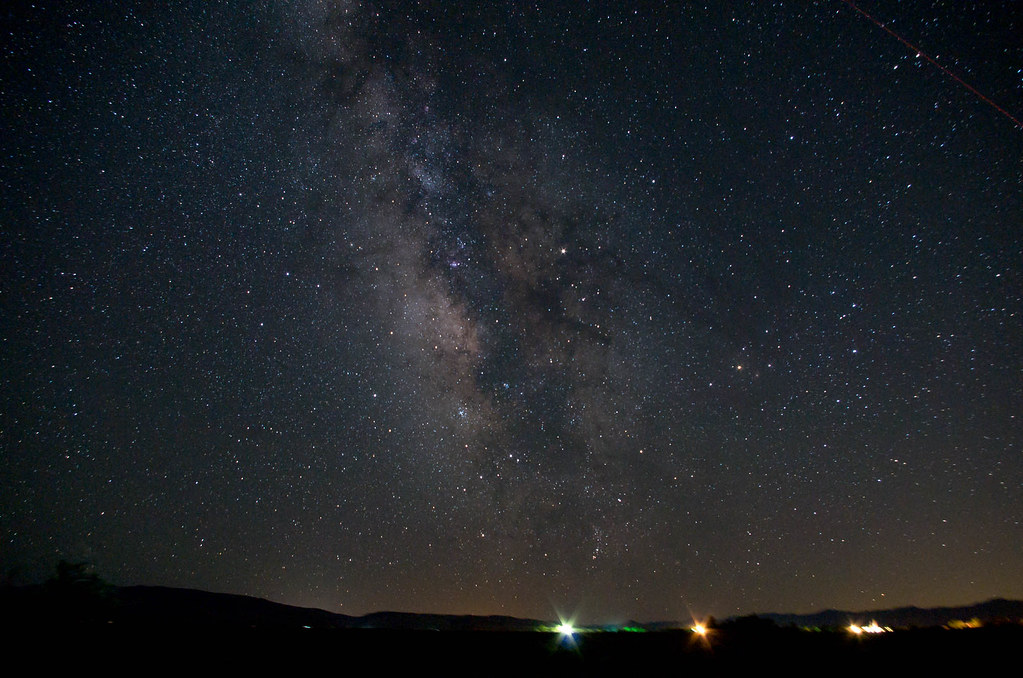
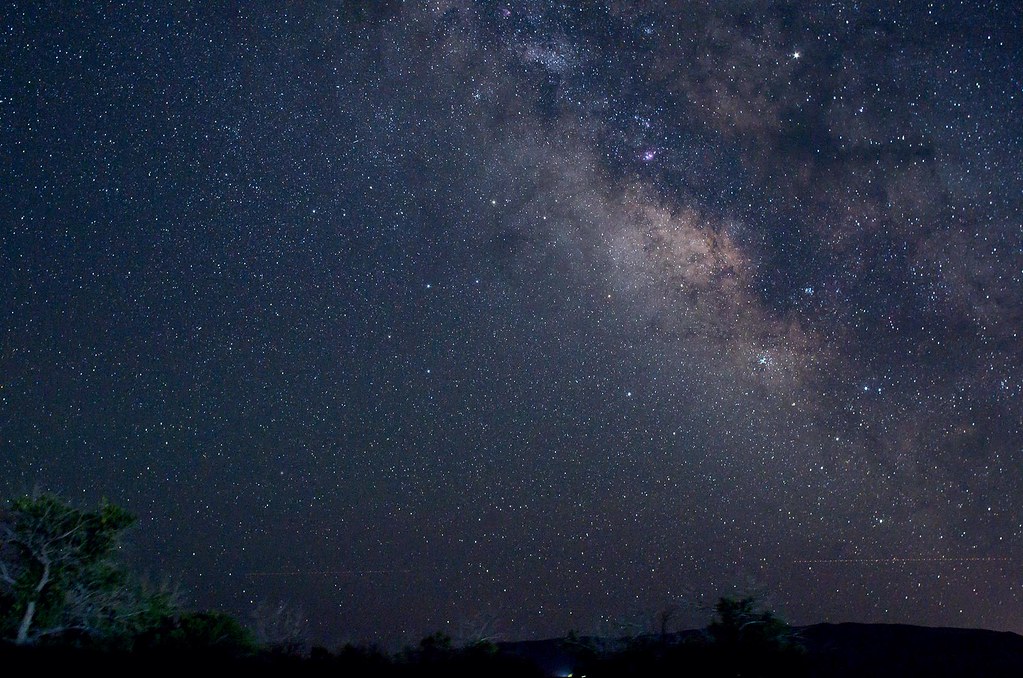


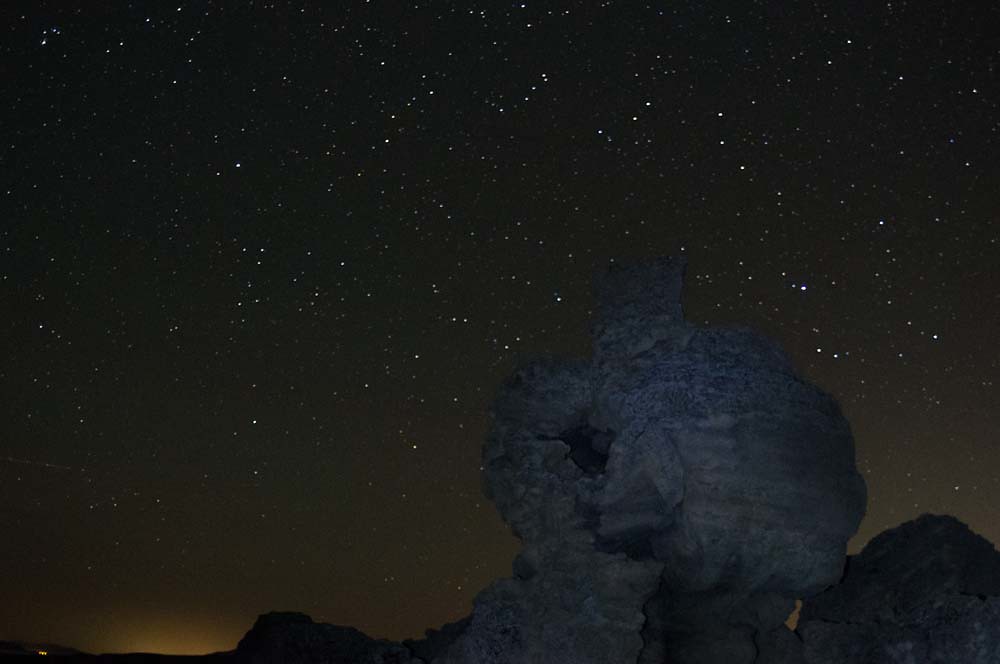


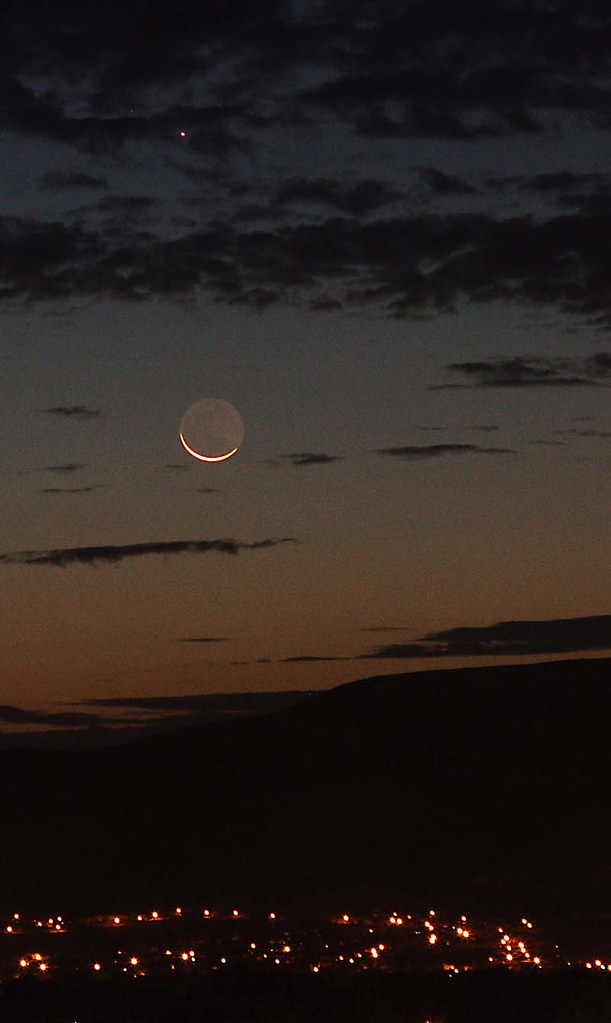
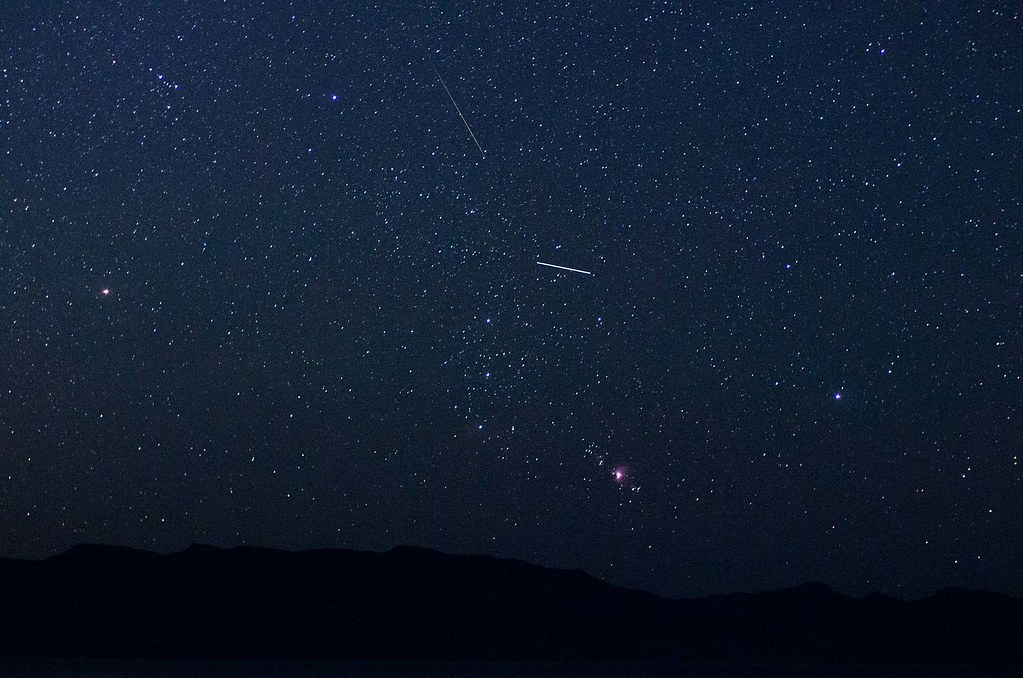
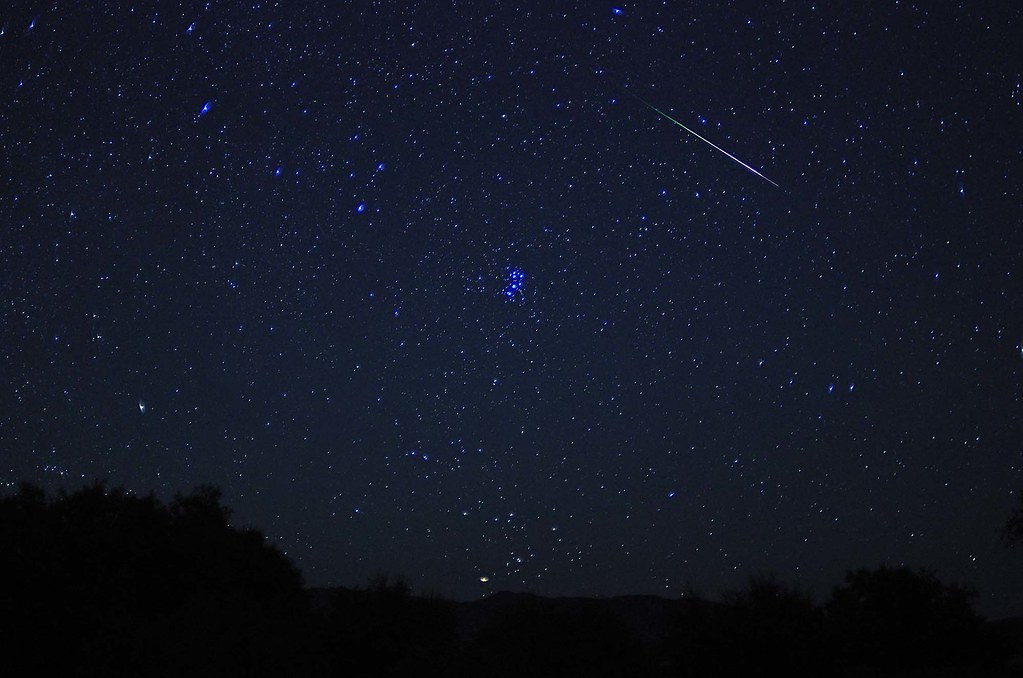
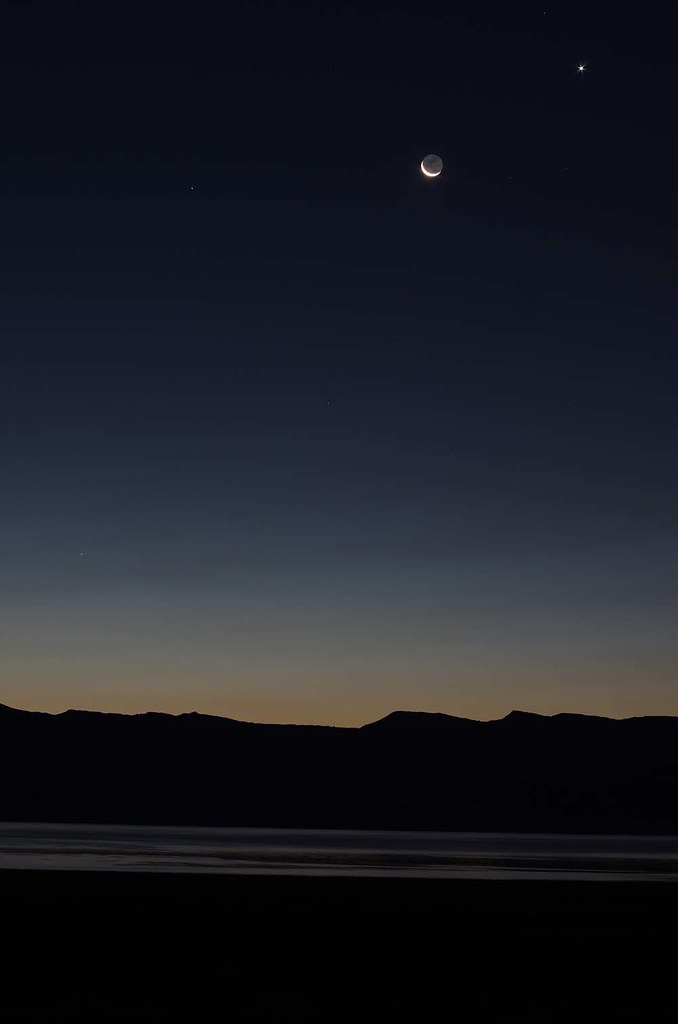

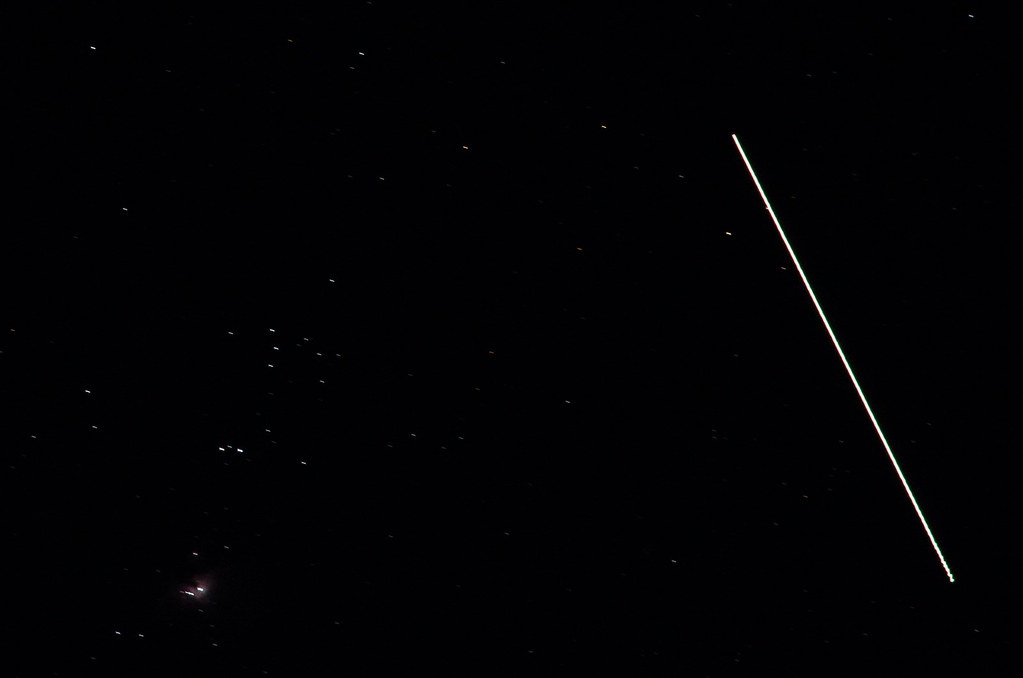

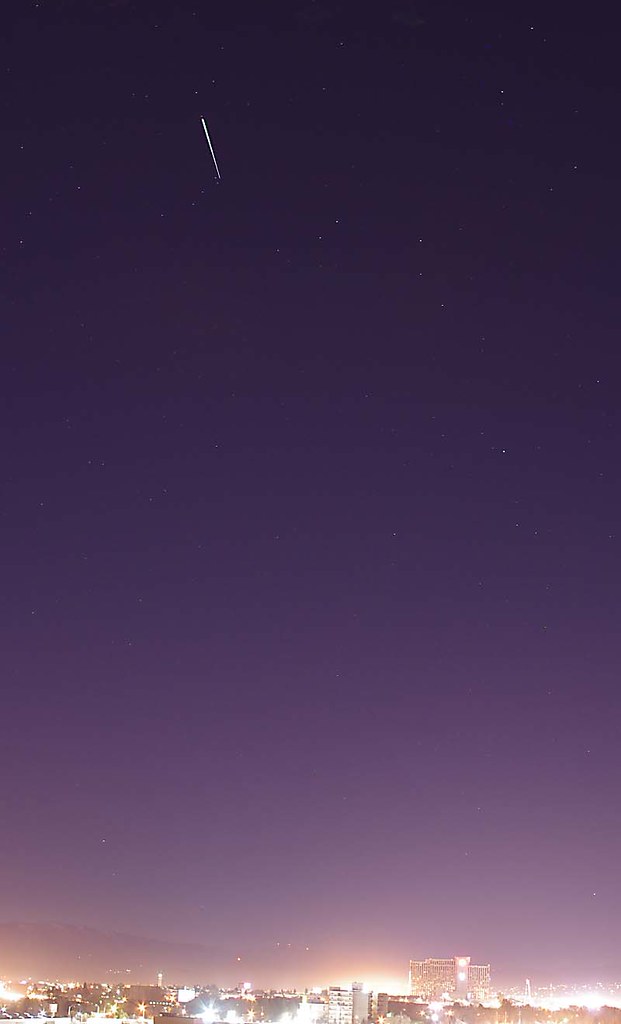
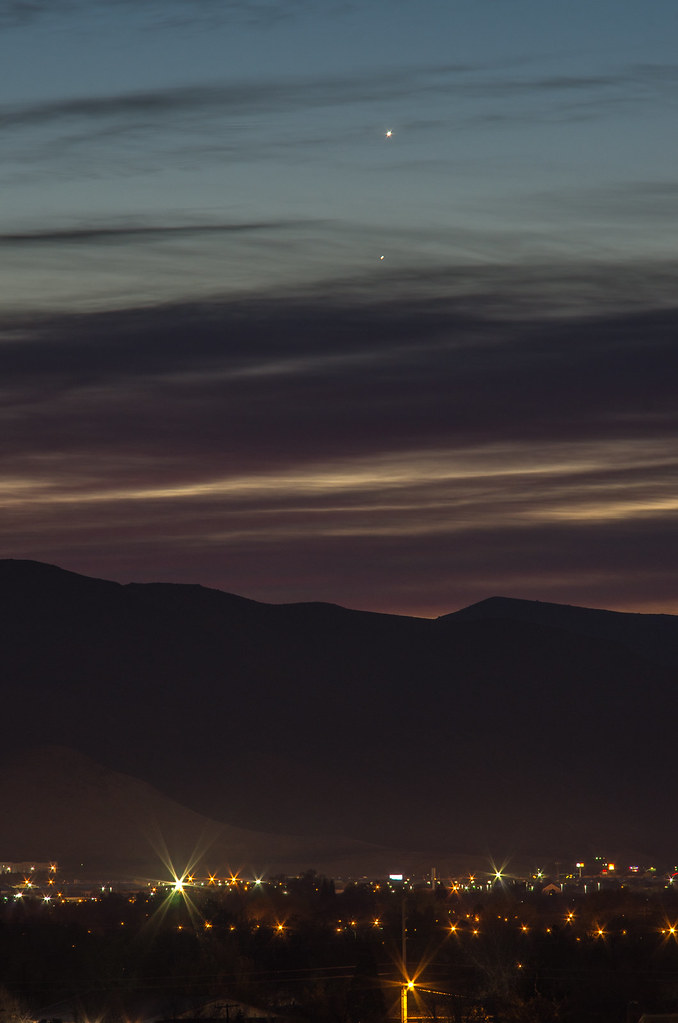











 Post #2 by Aslyfox
Post #2 by Aslyfox








